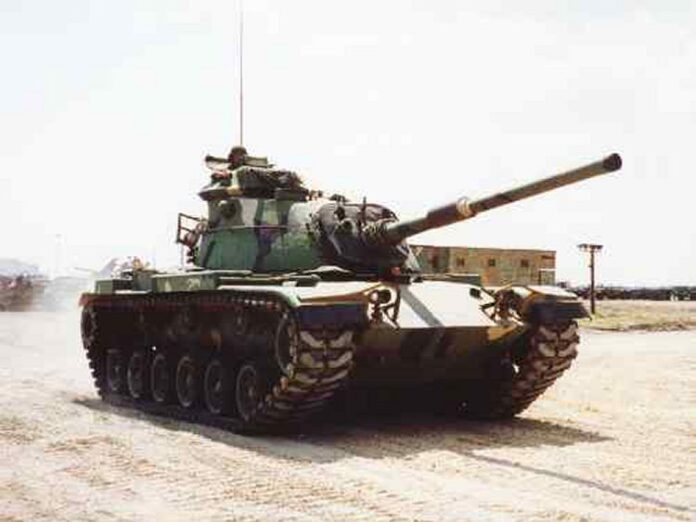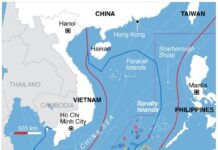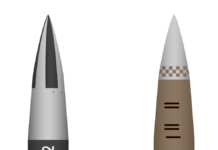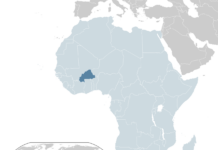In response to the looming presence of Chinese warships and aircraft near its territory, Taiwan has ramped up its military preparedness by conducting extensive defensive drills. These exercises, starting today, are part of Taiwan’s ongoing efforts to fortify its defense capabilities amid escalating tensions with China.
The drills included a range of activities across land, sea, and air, simulating responses to potential military threats. For instance, a mine layer deployed dummy mines in a naval exercise, while on land, Taiwanese forces engaged in simulated combat scenarios. These exercises showcased various aspects of Taiwan’s military prowess, including the use of M60 Patton tanks and the HIMARS rocket system, which have been crucial in enhancing Taiwan’s defense infrastructure.
Major General Sun Li-fang, the chief defense ministry spokesperson, emphasized the importance of these drills in the context of China’s increased military activities near Taiwan. He highlighted the potential for conflict escalation in the region, which is a vital corridor for billions of dollars in international trade. The exercises are seen as a response to China’s assertive posture in the Taiwan Strait, underscoring Taiwan’s commitment to safeguarding its sovereignty and stability in the region.
The timing of these drills is particularly relevant, coming just weeks after the election of Lai Ching-te as Taiwan’s president. His victory marked the third consecutive term for the Democratic Progressive Party, known for its stance on Taiwan’s independence, a position that has historically been a point of contention with China.
These military exercises also serve to bolster public confidence in Taiwan’s ability to defend itself. Major General Tan Yung, head of the Taitung Defense Command, expressed confidence in the military’s readiness to protect the nation, particularly during the upcoming Lunar New Year holiday. The drills are a critical aspect of Taiwan’s military training and serve as a reminder to its citizens and the international community of the island’s capabilities and resolve in the face of potential threats.
Taiwan’s military, though smaller in scale compared to China’s, has been making significant strides in upgrading its arsenal. This includes acquiring high-tech weaponry from the United States and revitalizing its domestic arms industry. These efforts are part of a broader strategy to ensure Taiwan’s readiness to respond effectively to any aggressive actions from China.
The situation in the Taiwan Strait remains a flashpoint in U.S.-China relations, with the potential for broader international implications. Taiwan’s proactive approach to defense exemplifies the island’s determination to maintain its autonomy and readiness to counter any aggression.
Image is in the public domain.








